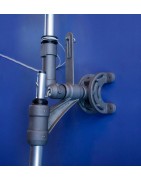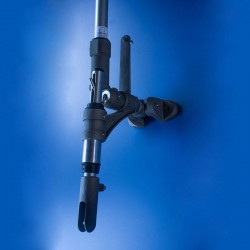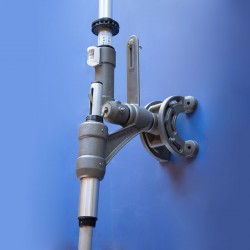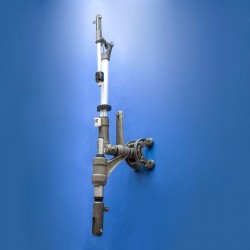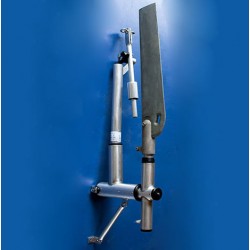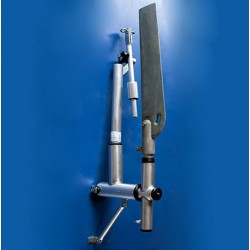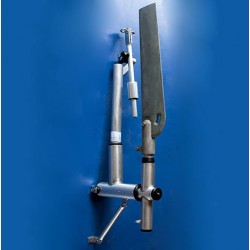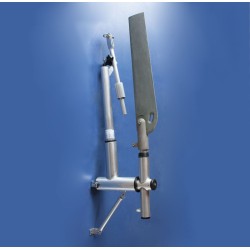Servo-pendulum Self Steering Gears
A Servo-pendulum Self Steering Gear is a type of self-steering system commonly used
on sailing vessels to help maintain a desired course without the need for constant
manual adjustment by the crew. Here is a description of how a Servo-pendulum
Self Steering Gear works:
- Principle: The system uses a combination of a pendulum and a servo mechanism to
steer the boat. The pendulum reacts to changes in the boat's course, while the
servo mechanism controls the tiller or wheel to make the necessary corrections.
- Pendulum: A weighted pendulum is attached to the boat and hangs vertically below
the waterline. When the boat veers off course, the pendulum swings to one side due
to the change in direction or pressure of the water against it.
- Servo Mechanism: The movement of the pendulum is transmitted to the servo mechanism,
which then adjusts the tiller or wheel to steer the boat back on course. The servo
system amplifies the force generated by the pendulum to turn the rudder.
- Adjustments: Our WindVane has controls that allow the crew to adjust the sensitivity
and response of the self-steering gear based on the sailing conditions and the
desired course.
- Benefits:
- Allows the crew to focus on other tasks or rest while the system maintains the
course.
- Helps improve overall sailing efficiency by reducing the need for constant manual
steering.
- Can be particularly useful during long offshore passages or solo sailing.
Overall, the Servo-pendulum Self Steering Gear is a valuable tool for sailors looking
to reduce fatigue during long journeys and enhance the overall sailing experience by
automating the steering process to a certain extent.